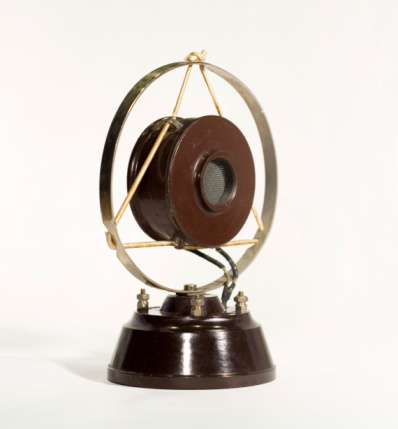Critics love to bash the now.
Trashing the au courant simply means that, whatever the medium, whatever the solution, it can’t stand up to the tried and the true. Like “melts in your mouth, not in your hands.” J&J’s response to the Tylenol tamperings. The magic of Apple fans.
 We don’t buy it.
We don’t buy it.
Sure, Mad Men and the ever-increasing wave of nostalgia for past songs, themes, and content is one trend. Yet the richnesses of our collective experiences and our tech obsessions are way diverse, and way too numerous to say “yesterday was better.”
Today is a time that calls for innovation in the face of eight-second attention spans. It cries for strategic thinking when confronted with employees who are overloaded with messaging and conflicting priorities. And it clamors for changes in behaviors when, on the surface, all seem calm and unperturbed.
And that’s why the now is so exhausting to those of us who try to drive actions inside and outside. Figuring out cohorts and developing and measuring campaigns that will make that needle move are the 21st century’s challenge. We’ve got to juggle roles as psychologists, market researchers, brand protectors, and premier communicators to succeed. We need to study up on learning methodologies, software programs, and visual motivation (among many other topics) to ensure that our clients and our companies work well in this confusing and complex world.
Would you have it any other way?



